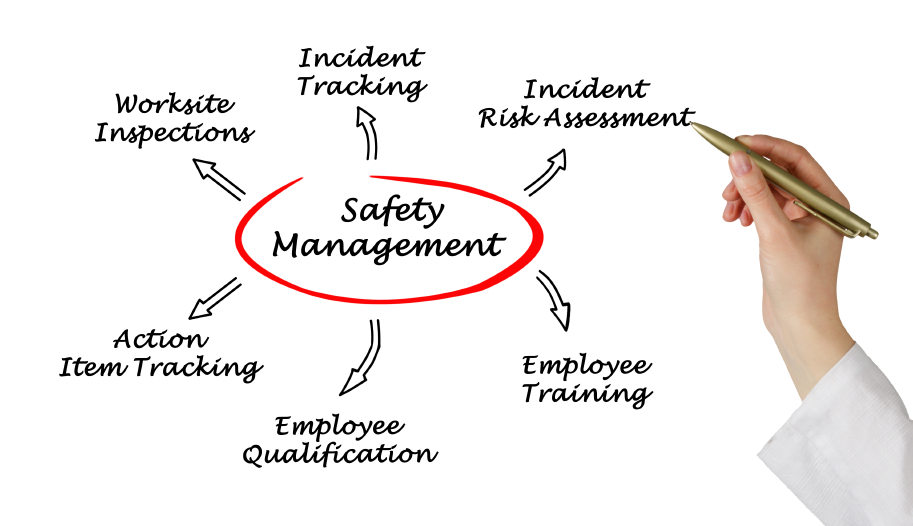
|
Yesterday we looked at the definition OSHA is currently using for RAGAGEP and the sorts of documents that meet OSHA’s criteria for RAGAGEP. Today we’ll look at how inspectors will select and apply RAGAGEP during an inspection.
Enforcement Guidance
For an inspector, a RAGAGEP document can be used to assist in an inspection—but there are guidelines for inspectors to follow when applying RAGAGEP to a facility. OSHA’s recommendations to inspectors for evaluating RAGAGEP compliance address numerous issues, including:
- Multiple RAGAGEP. When multiple RAGAGEP apply to a specific process, they may contain similar but not identical requirements. If all RAGAGEP documents are protective, compliance with either is acceptable.
- Applicability of RAGAGEP. If a RAGAGEP provision does not apply to a particular worksite or situation, the employer need not comply.
Join us on Thursday, November 19, for our free webcast, HazCom and PSM Standards for Petrochemical Organizations: Practical Strategies on How to Comply with New Requirements
- Misapplication of RAGAGEP. Some employers apply RAGAGEP outside of their intended area of application. For example, an employer might use recommended practices for ammonia refrigeration pressure vessel inspection in a chemical plant or refinery process. OSHA considers this grounds for a citation.
- Inadequate control using RAGAGEP. When fully applicable RAGAGEP do not exist to control hazards in an employer’s covered process, inspectors should look for appropriate internal standards the employer has developed; whether those standards are effective; and whether the employer complies with its own standards.
- Selective application of RAGAGEP. Employers should not mix and match provisions from multiple RAGAGEP sources.
There have been many recent changes to the HazCom and PSM standards that are catching the attention of petrochemical companies—and rightfully so. The devil lies in the details of OSHA’s recently issued interpretation letters. Click here to learn more!
- Inspection, testing, and compliance documentation. Employers must document that their inspection and testing of equipment is in accordance with their selected RAGAGEP. They must also document that their covered process equipment and equipment whose operation could affect that process equipment comply with RAGAGEP.
- Mechanical integrity requirements. Equipment must operate within acceptable limits for mechanical integrity.
- Older equipment. Older equipment may not have an applicable RAGAGEP because none existed at the time of design and construction, or it might have been designed and constructed in compliance with outdated RAGAGEP. Employers must provide documentation that the equipment is designed, maintained, inspected, tested, and is operating in a safe manner.
- Retroactive revisions to RAGAGEP. Organizations that publish RAGAGEP periodically update them. If the updated RAGAGEP explicitly state that new requirements are retroactive, employers are expected to conform with those provisions. Even if the updated RAGAGEP are not explicitly retroactive, employers should address any applicable issues identified in the updated RAGAGEP.
- “Shall,” “must,” and “should” language. When assessing compliance with RAGAGEP, inspectors consider the words ‘shall’ and’ must’ to signal mandatory requirements, while ‘should’ signals nonmandatory recommendations.
Need more guidance on OSHA enforcement practices that apply to your facility? Safety.BLR.com® is your one-stop resource.
